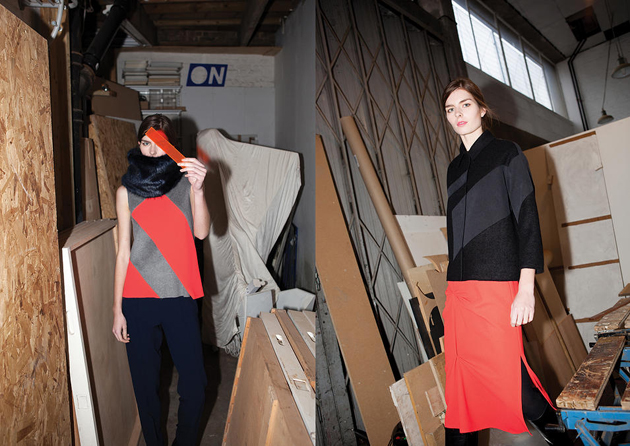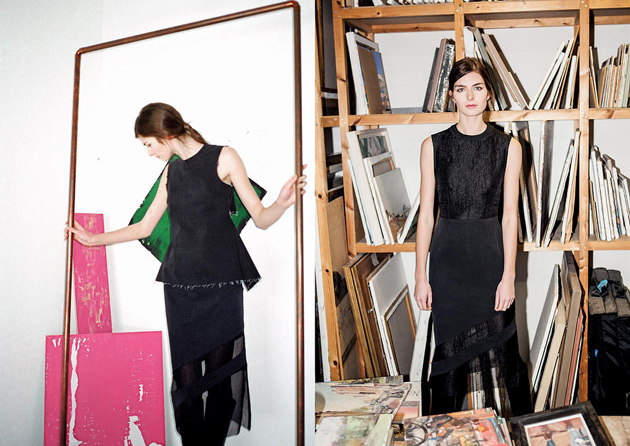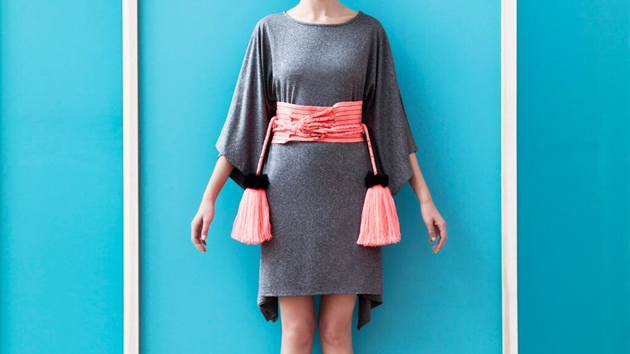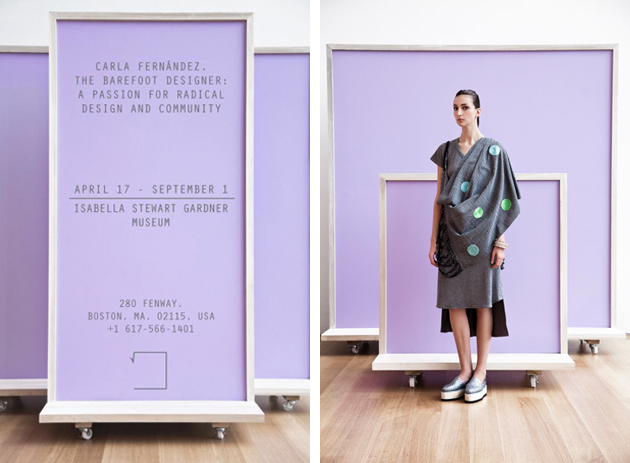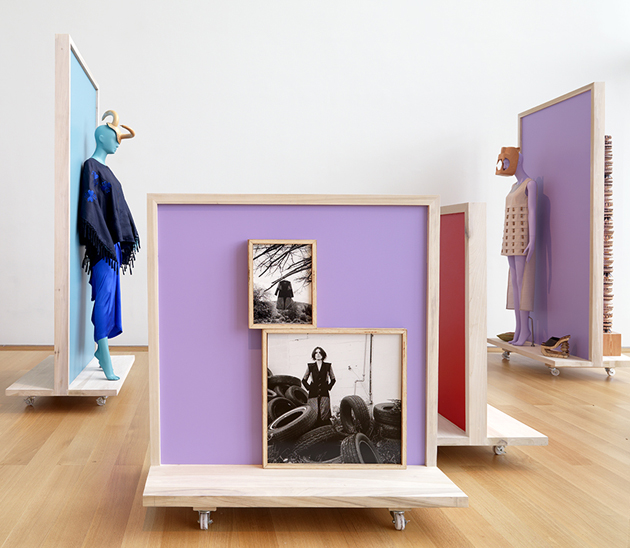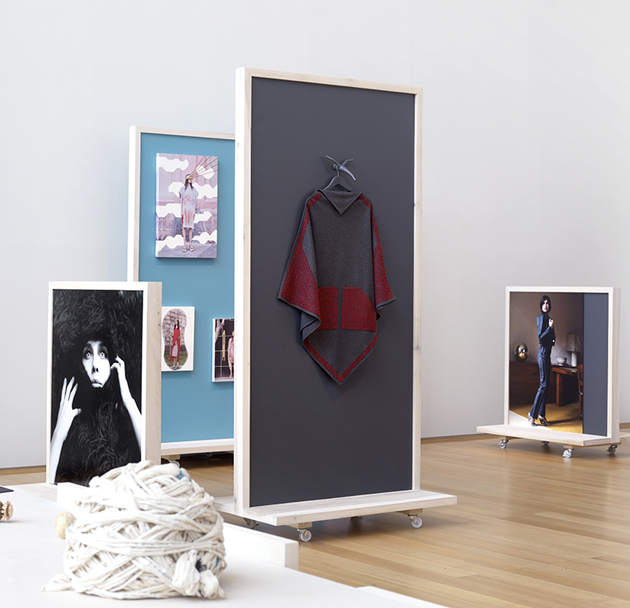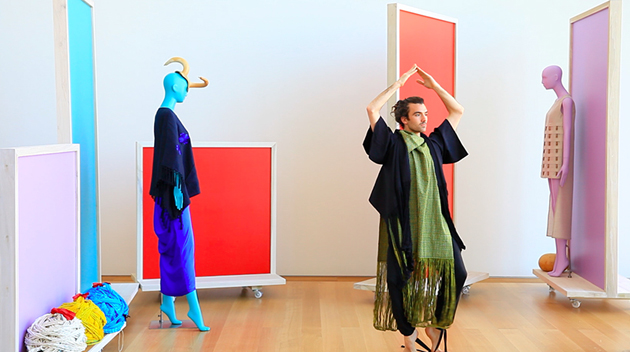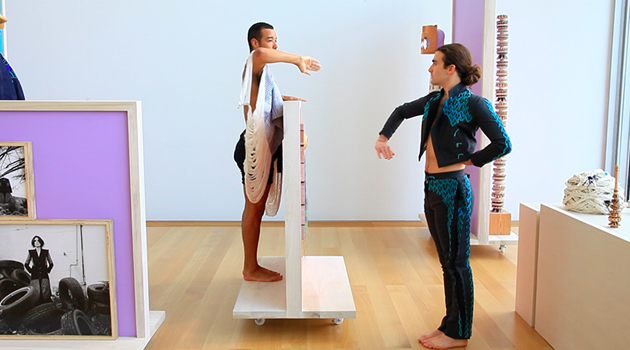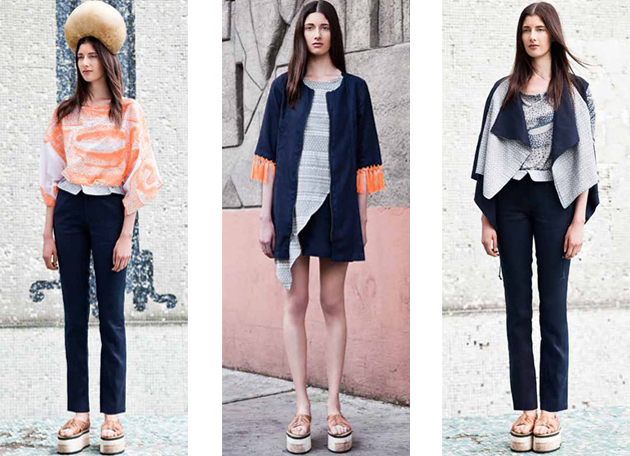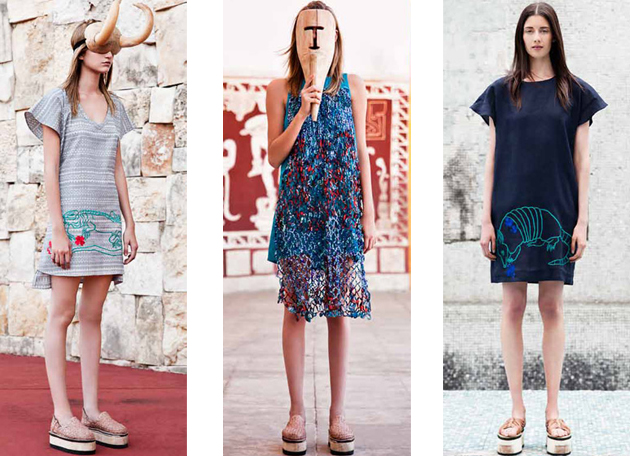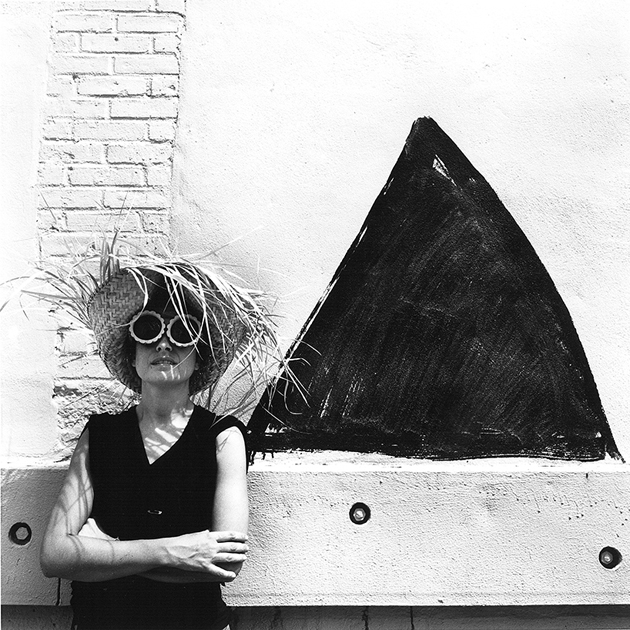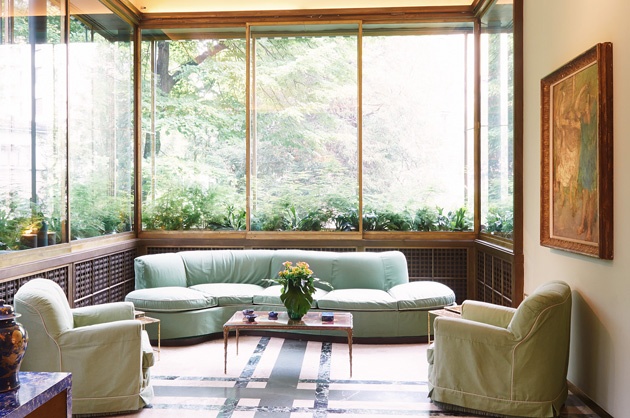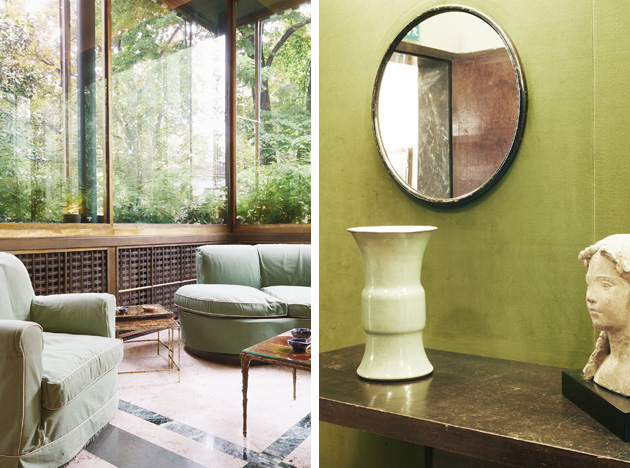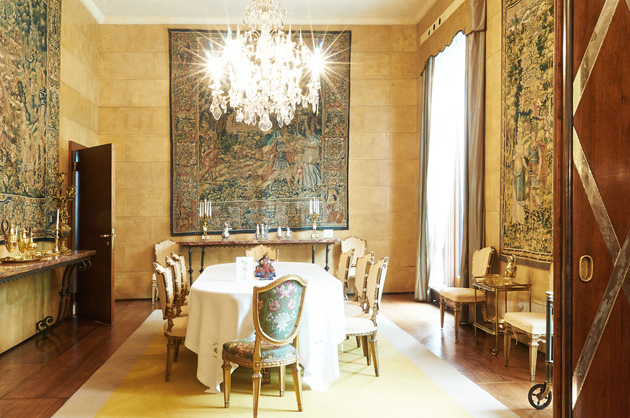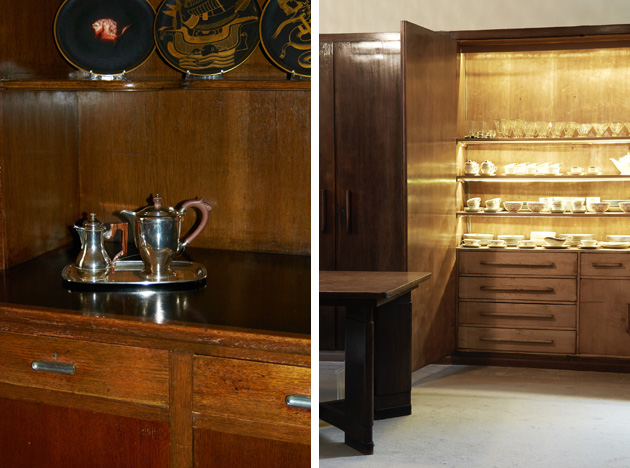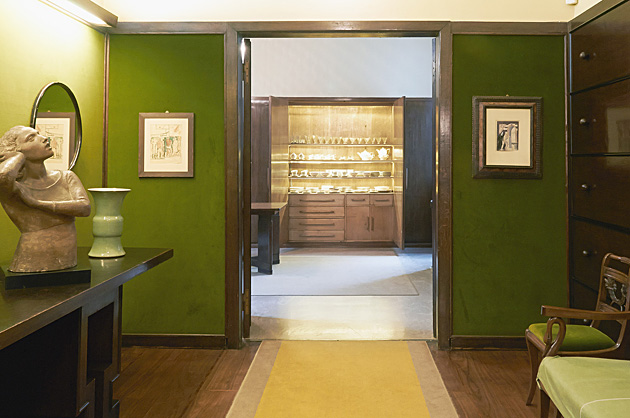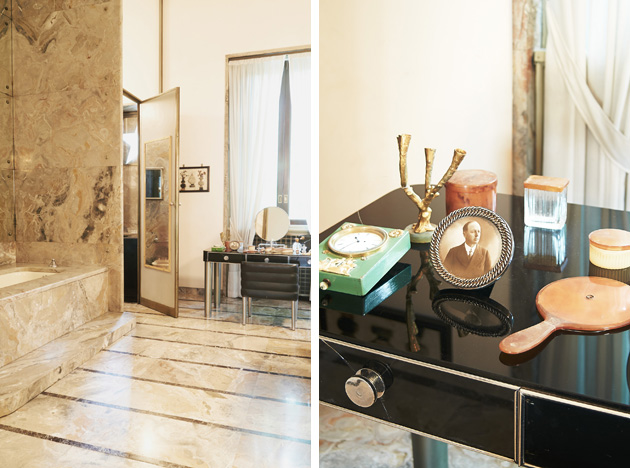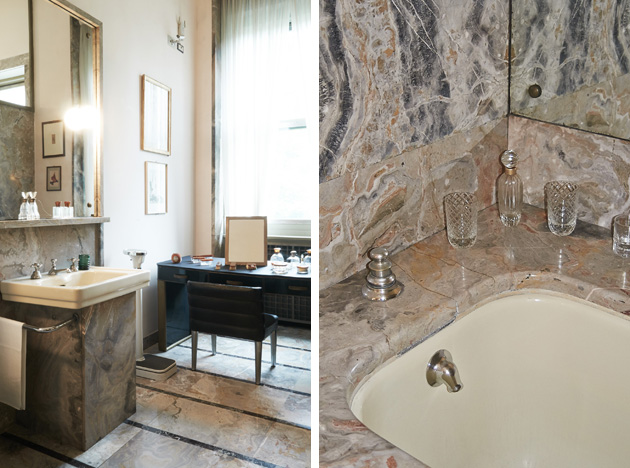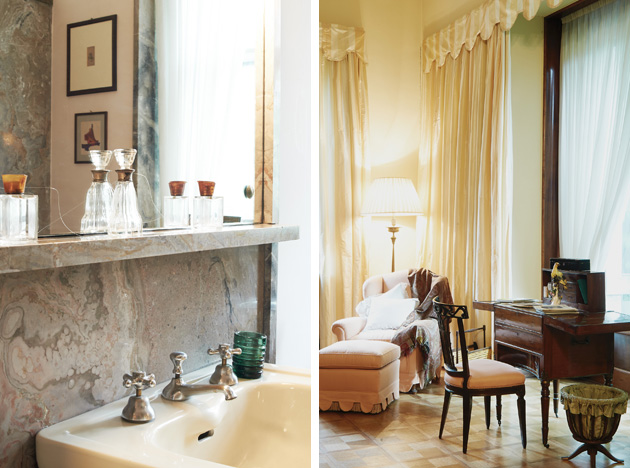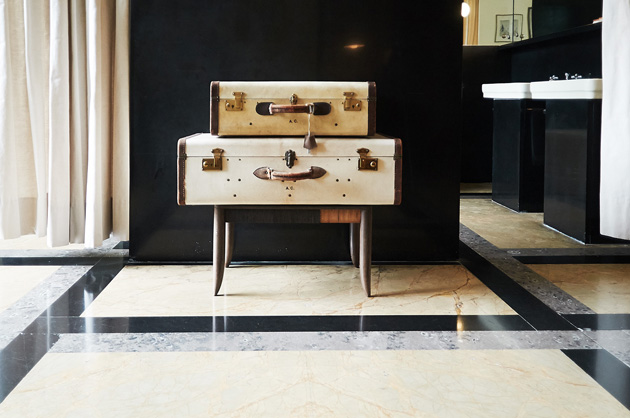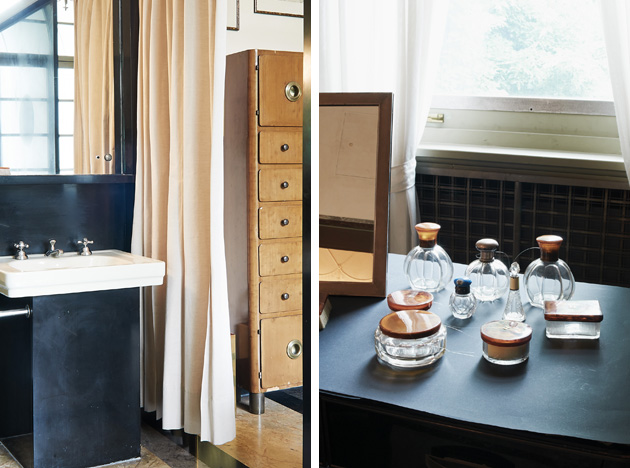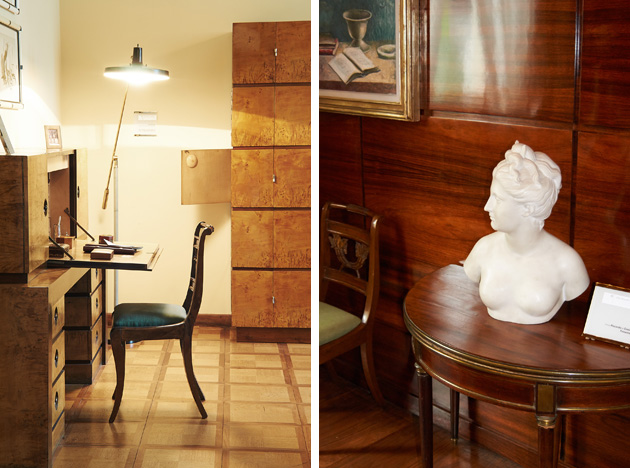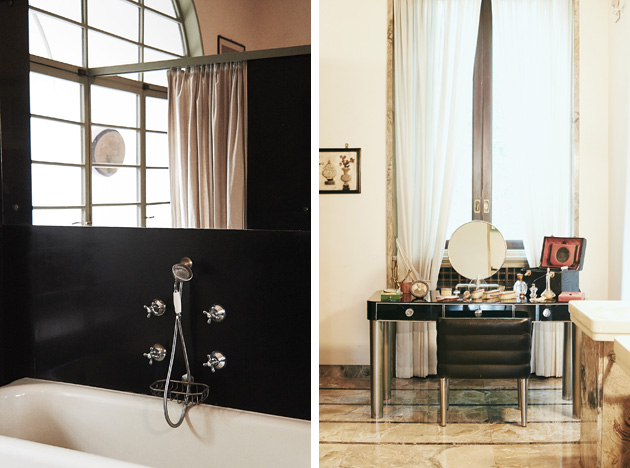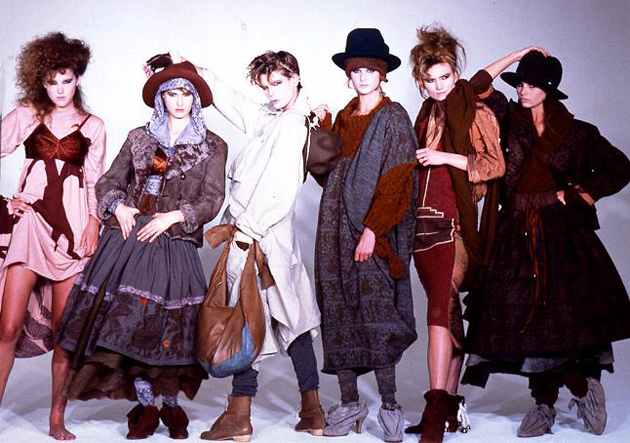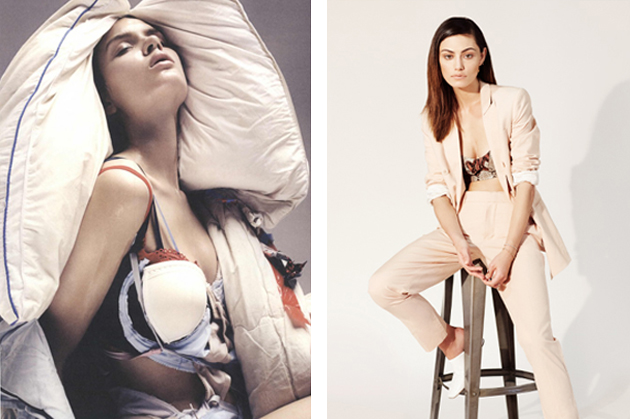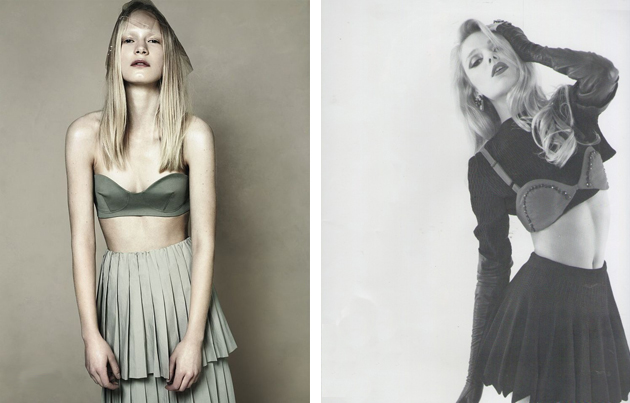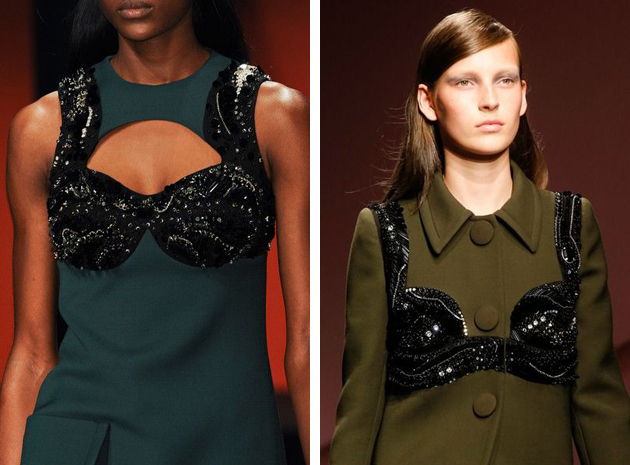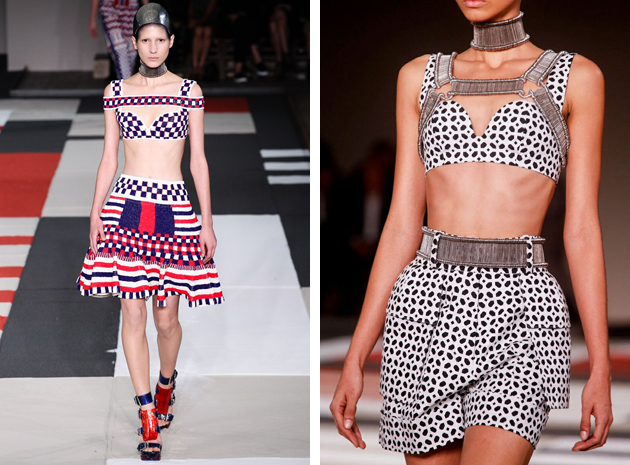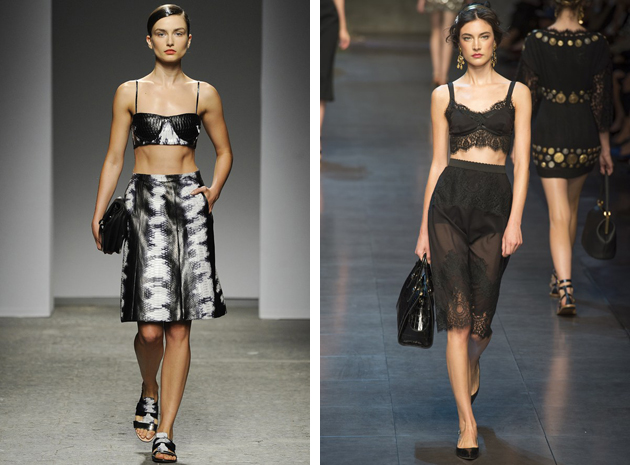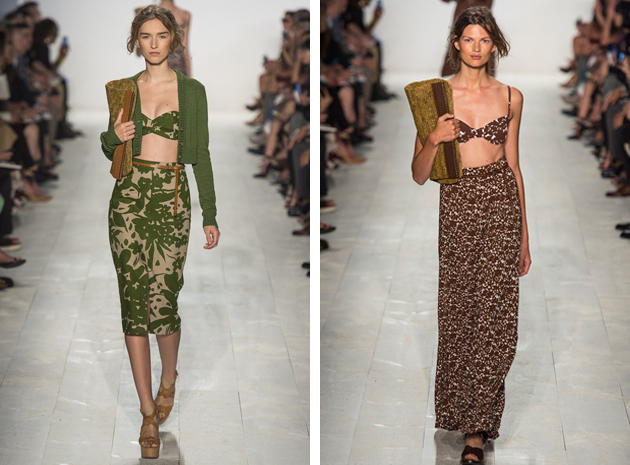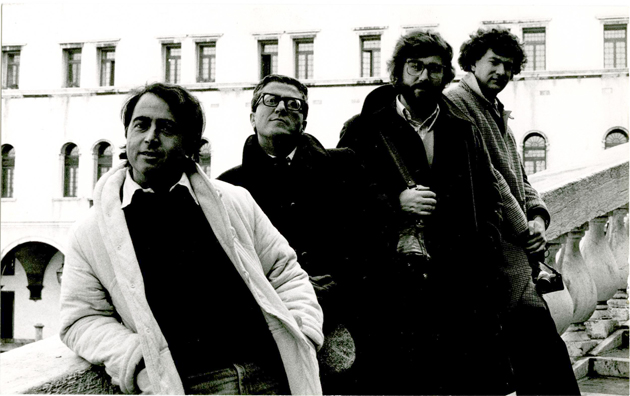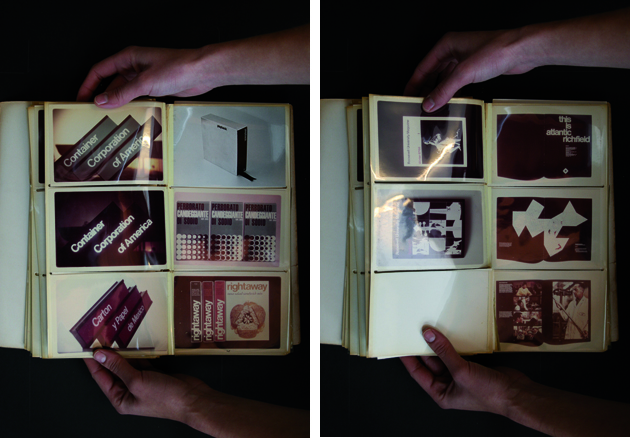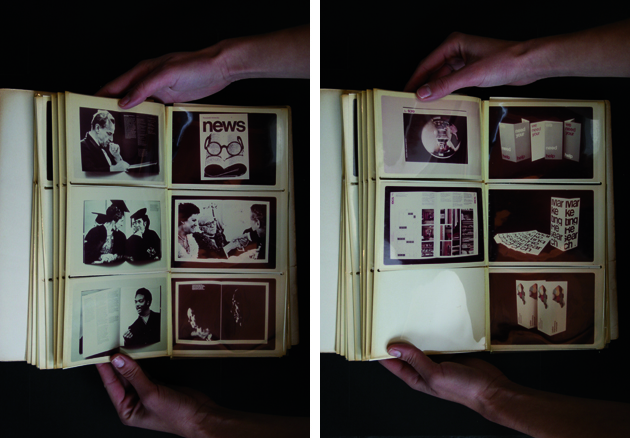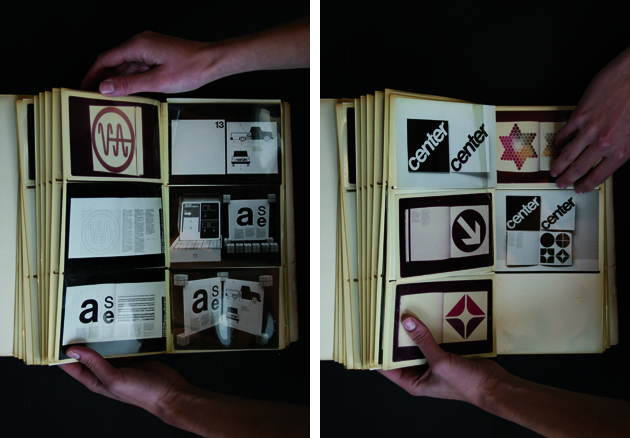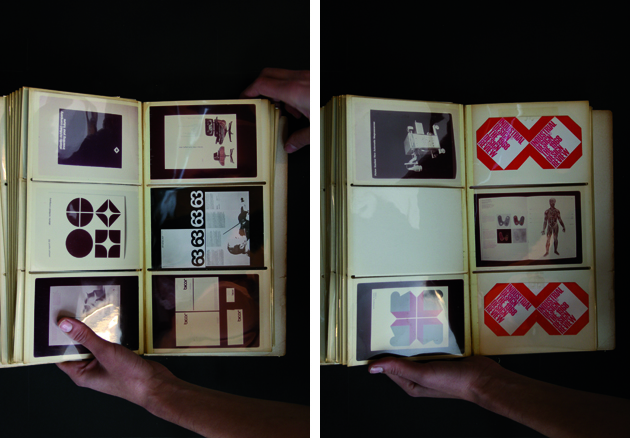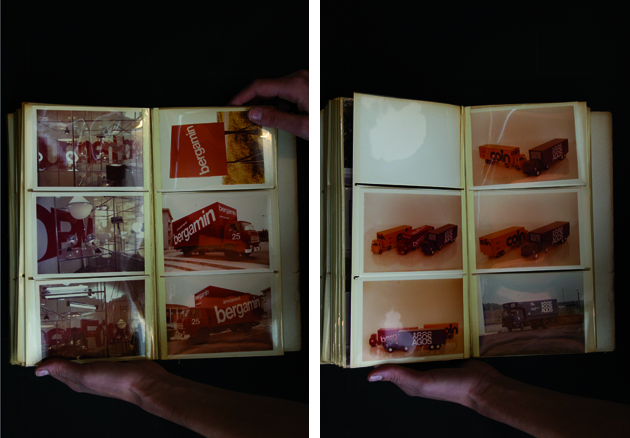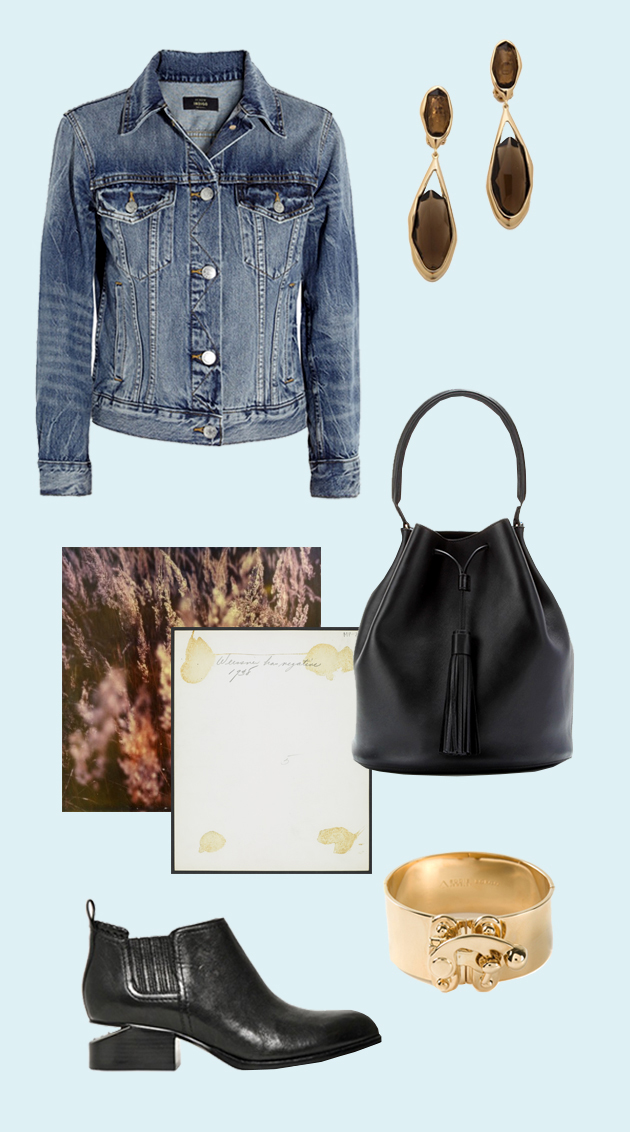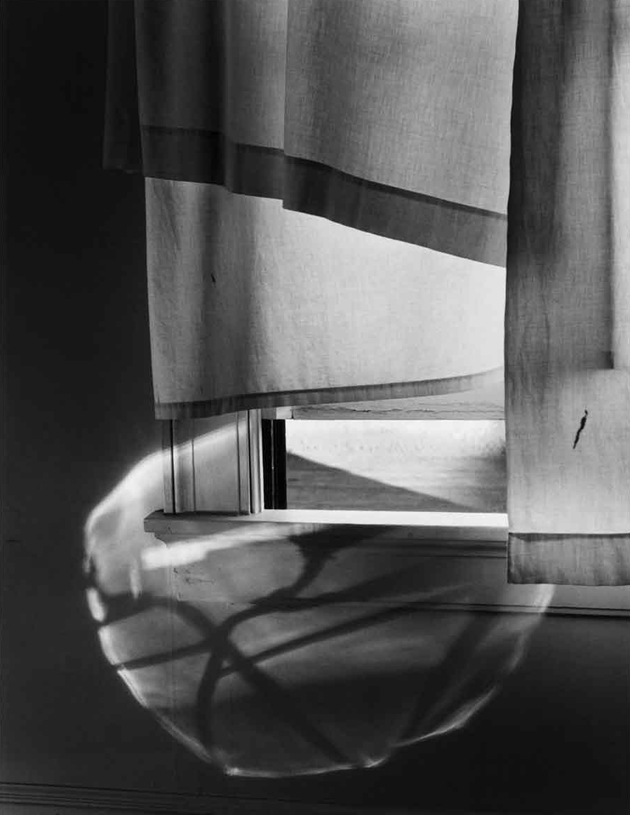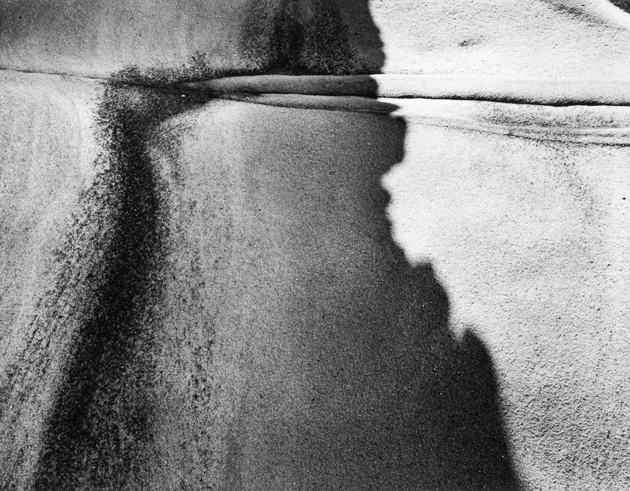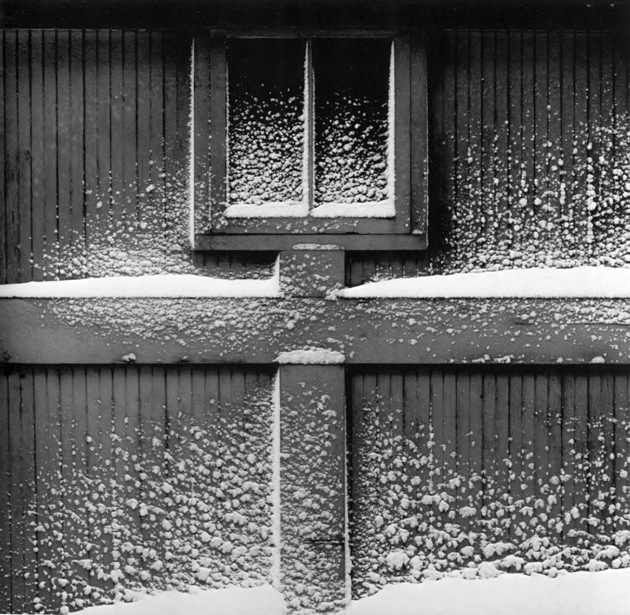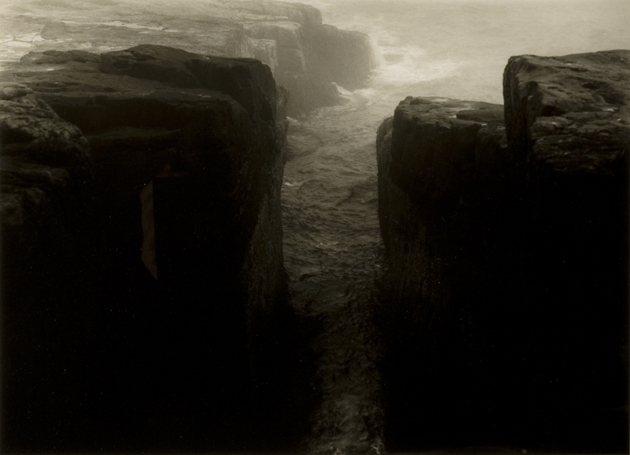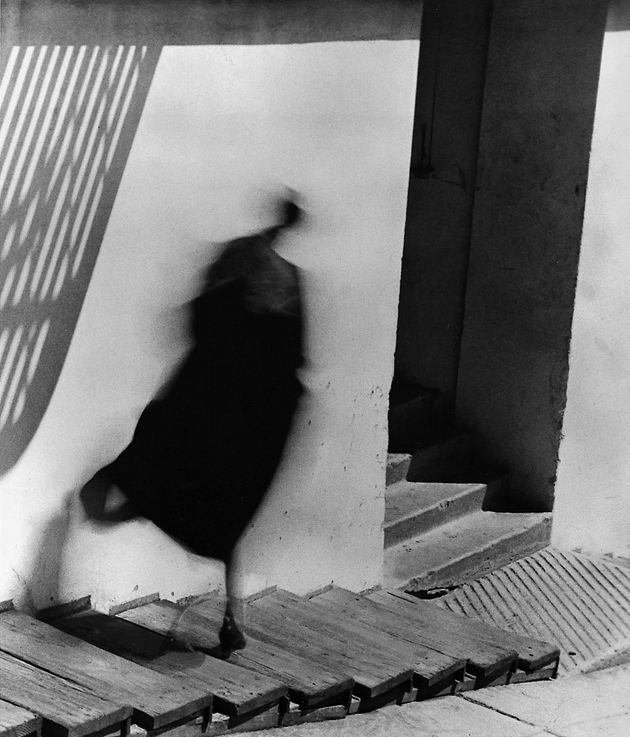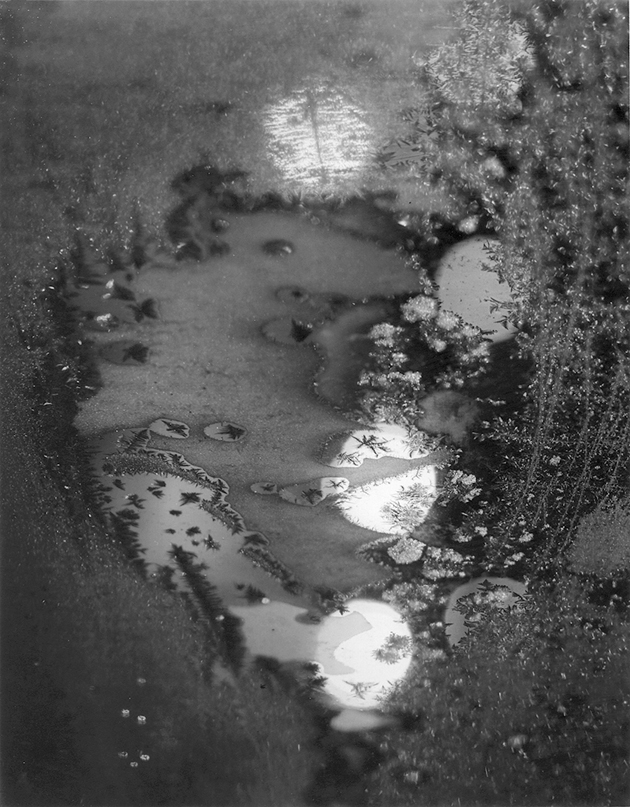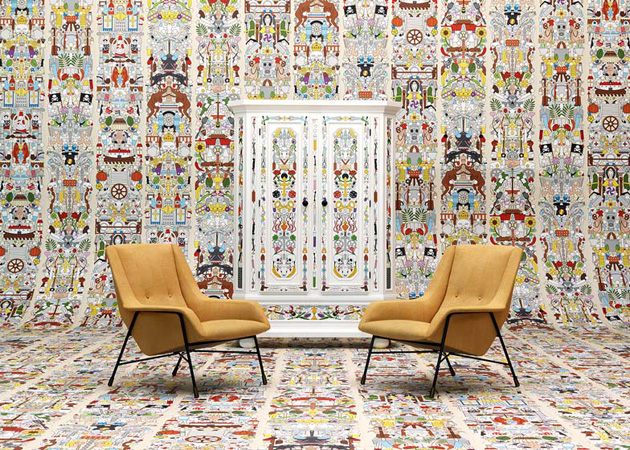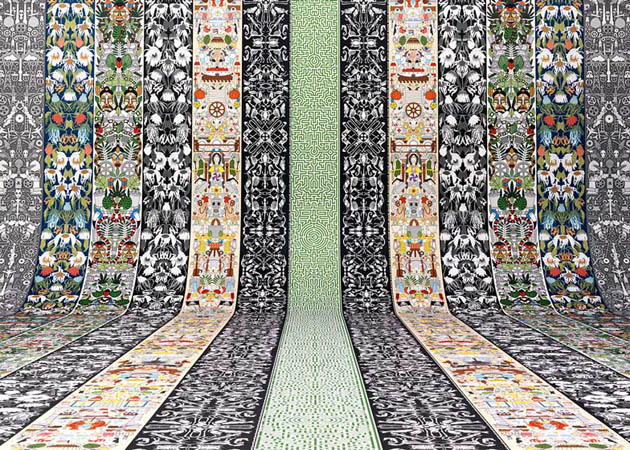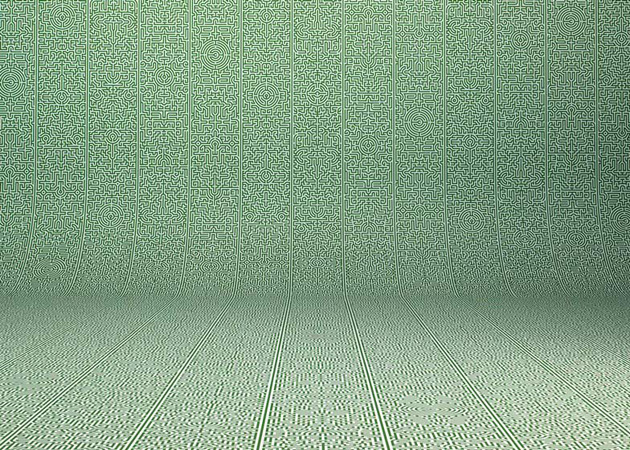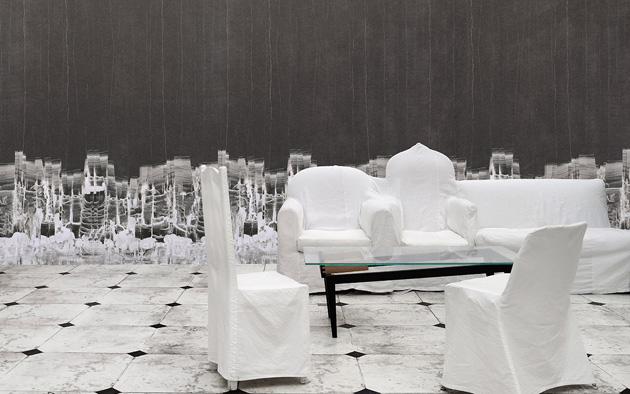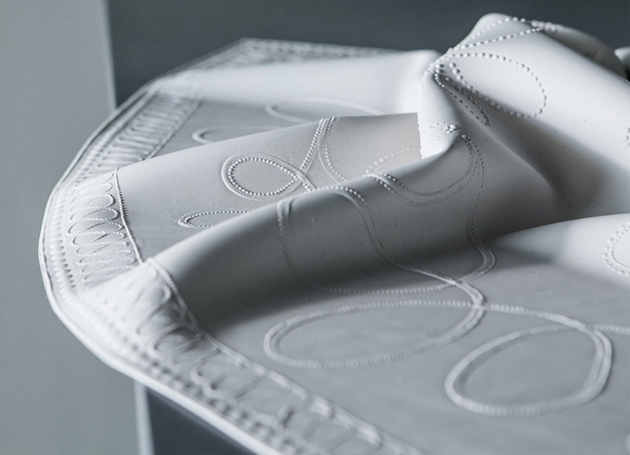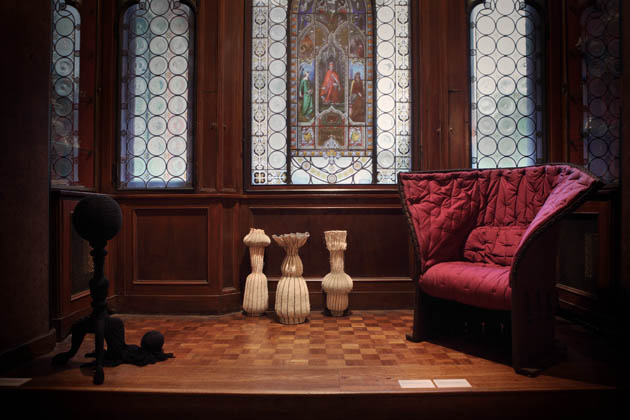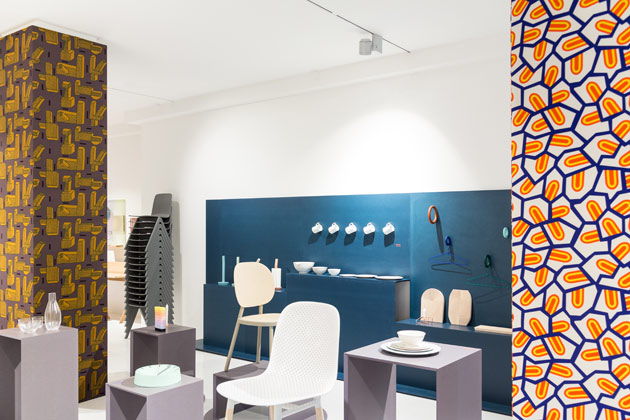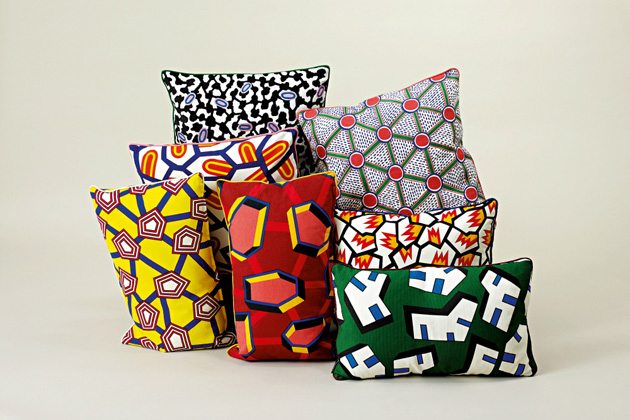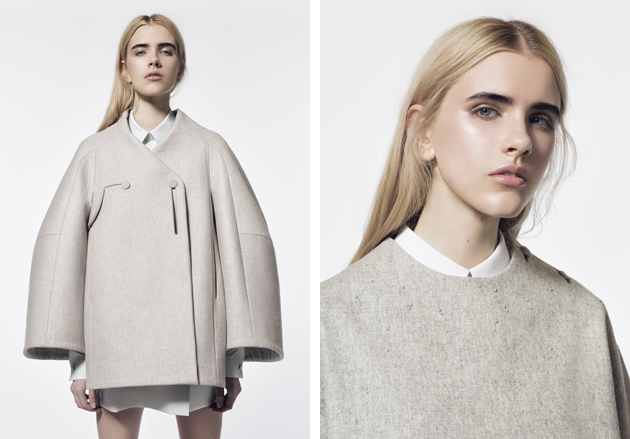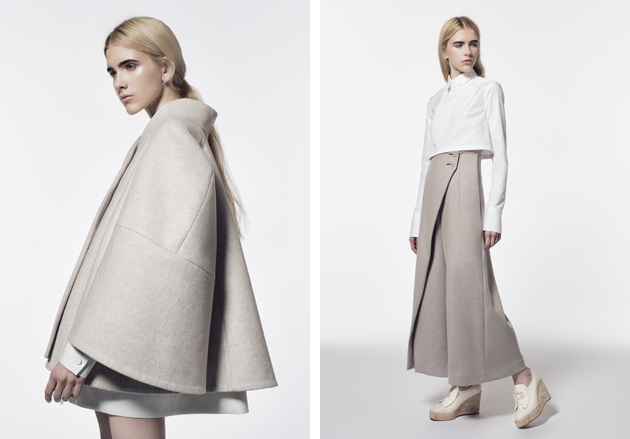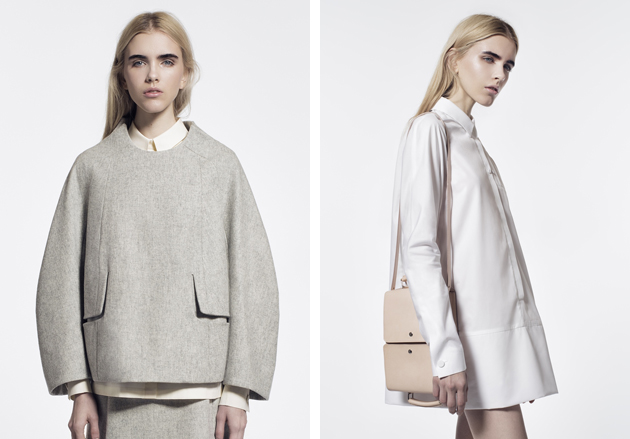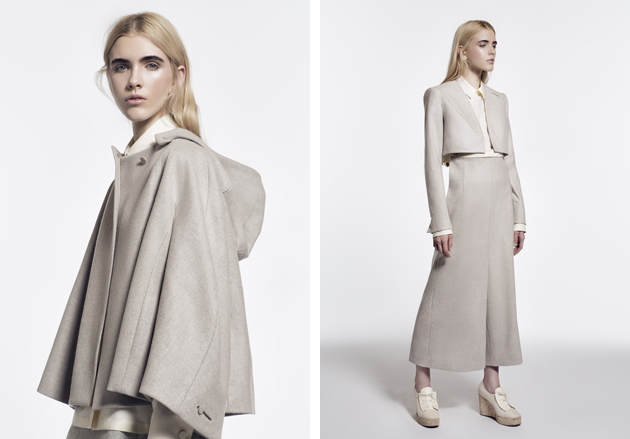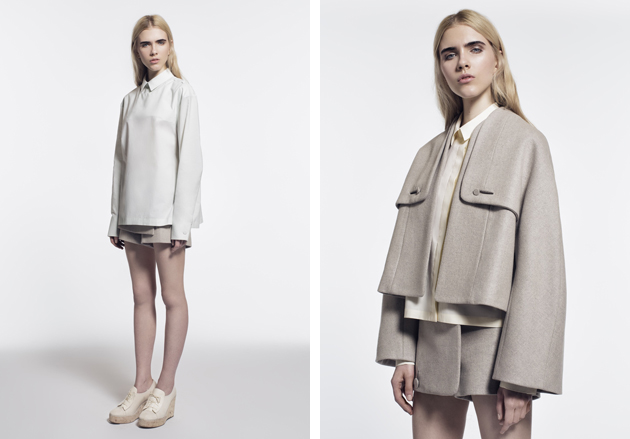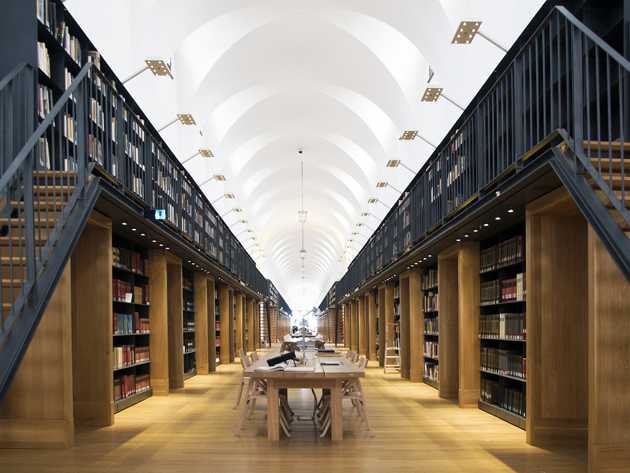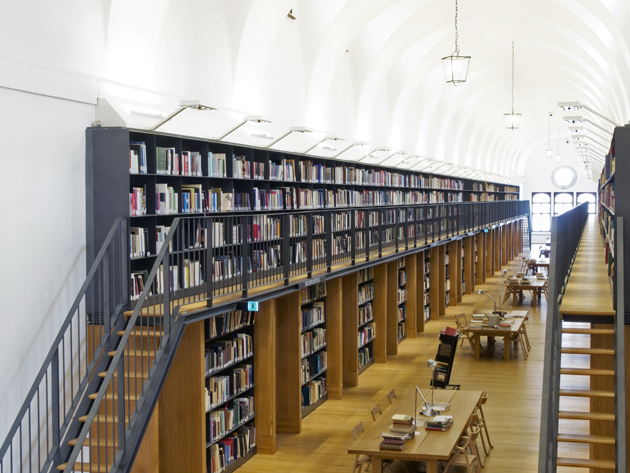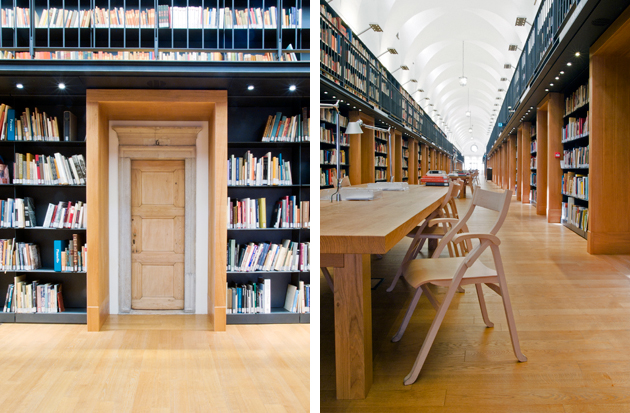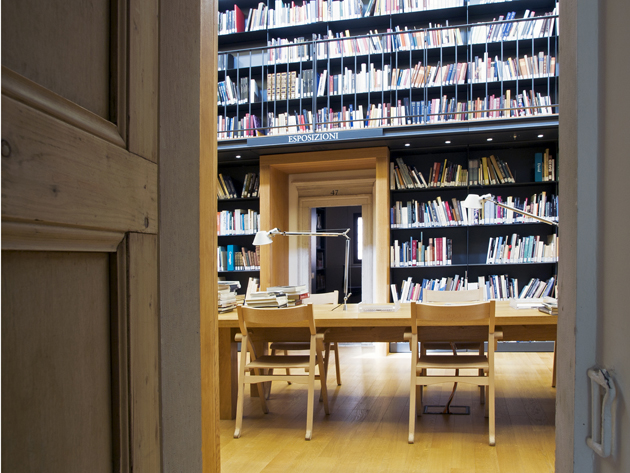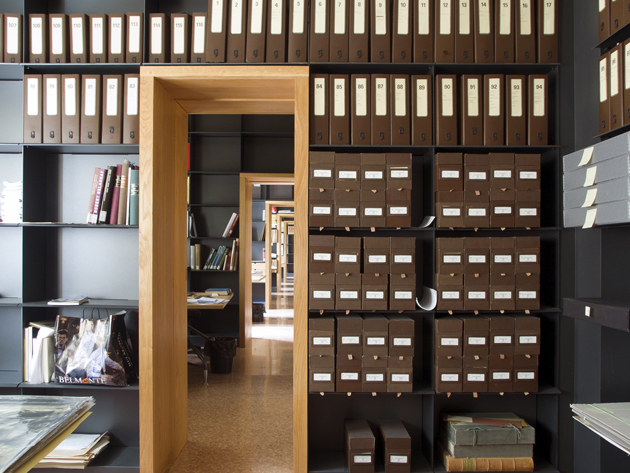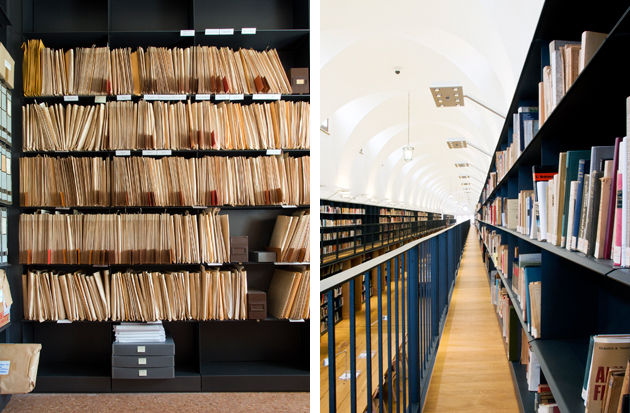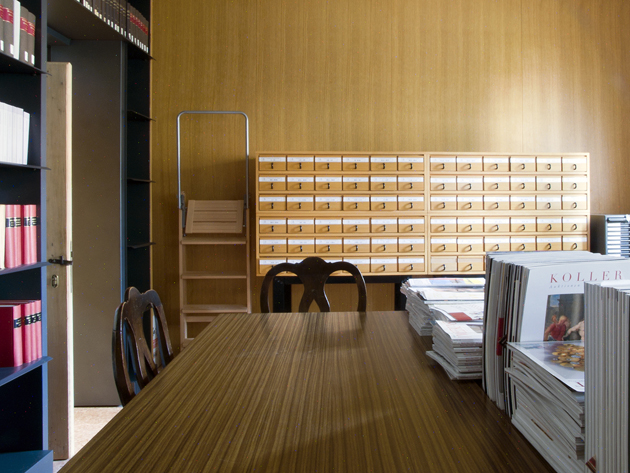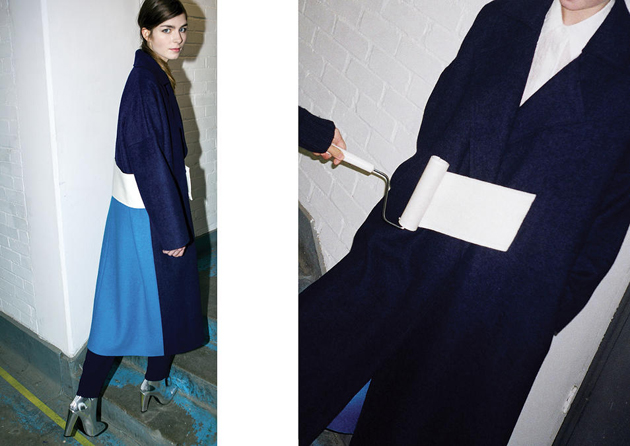
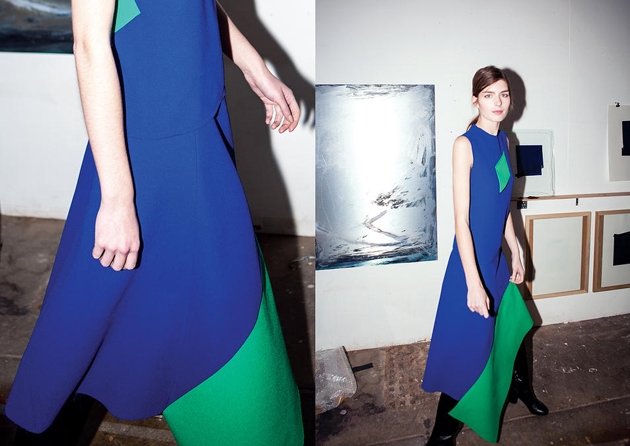
When summed up in fairly few number of words, the story of fashion designer Rejina Pyo might appear nearly identical as any other young and talented designer’s biography. Born abroad (Korea) and currently living in London, after graduation at Central Saint Martins, Pyo worked alongside Roksanda Ilincic before establishing her own brand. Nevertheless, in only three years after her graduation, Pyo collaborated with H&M-owned high-fashion store Weekday to sell pieces from her graduate collection, participated in the “ARRRGH! Monsters in Fashion” exhibition curated by Vassilis Zidianakis, won the prestigious Han Nefkens Fashion Award and created an installation for the Museum Boijmans Van Beuningen in Rotterdam.
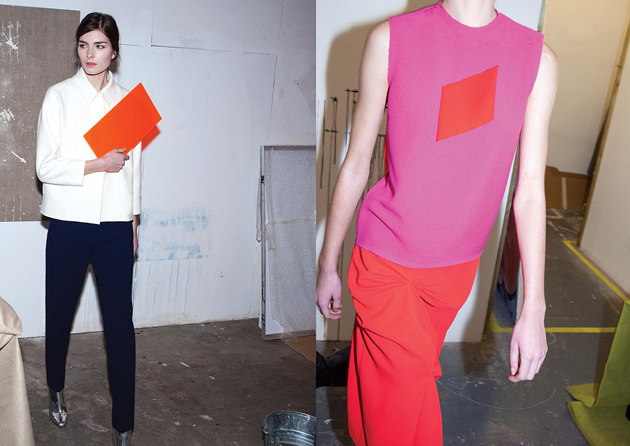
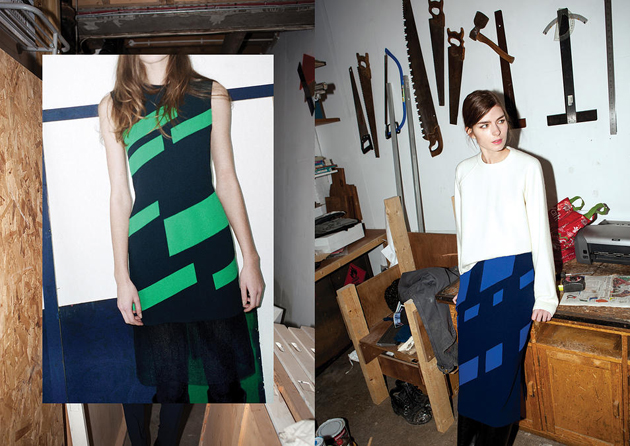
In the meantime, Rejina Pyo has also managed to develop several collections under her name, characterized by clean lines, geometrical detailing and a particularly sophisticated allure. It shouldn’t come as a surprise then, that the structural element in Pyo’s work derives from her obsession with abstract art – paintings by Ellsworth Kelly or Isamu Noguchi’s sculptures – with its simple, primitive aesthetics and blocks of colour. Pyo’s work somewhat explores the blurred lines between art and fashion, creating pieces that are often sculptural and bold, an approach that was particularly evident in her installation in Rotterdam, where Pyo created pieces resembling traditional garments, though none of them were wearable.
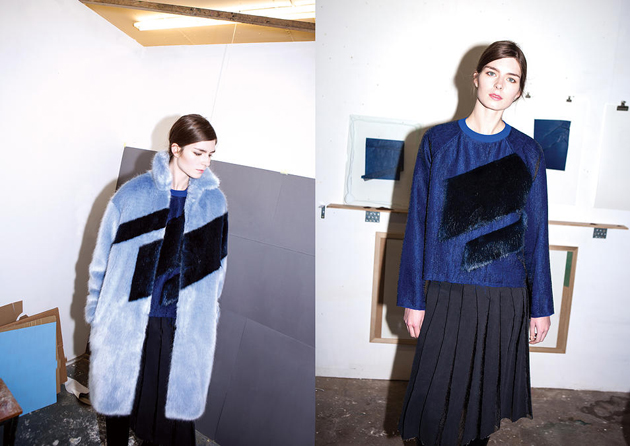
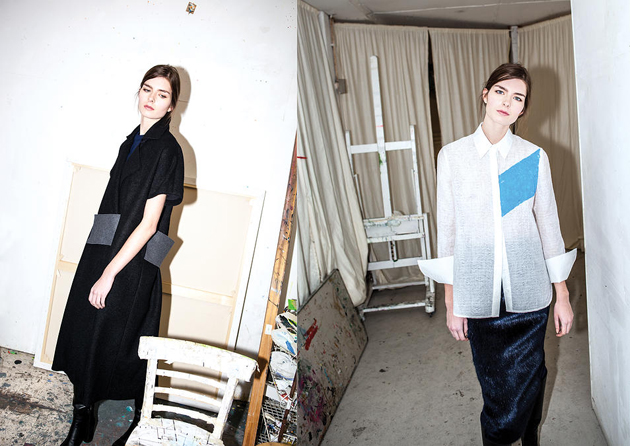
Her latest AW 2014 collection further explores this approach. By taking inspiration from Ellisworth Kelly’s words – “I think that if you can turn off the mind and look only with the eyes, ultimately everything becomes abstract” – Pyo has developed a collection where “each garment is used almost as a canvas for an abstract painting, streamlined and minimal in places, and then brought to life with a flash of strong colour in the form of diagonal square panels that act as a unifying theme, reappearing in various sizes throughout the collection. From the belt in an elegantly oversized coat, that cleverly weaves its way around the garment, to the panel of faux fur used in a dark blue evening sweater and the stunning hand painted shard of colour on the shoulder of a white shirt.”
